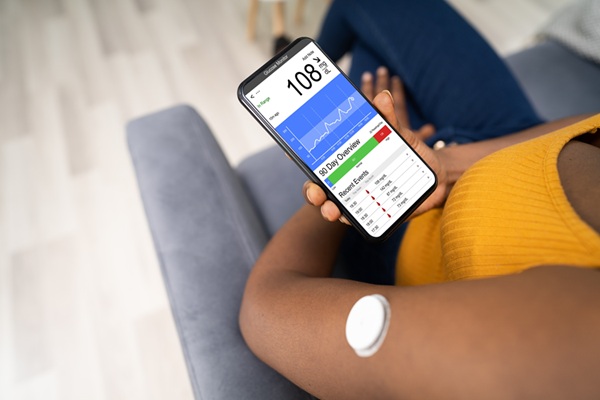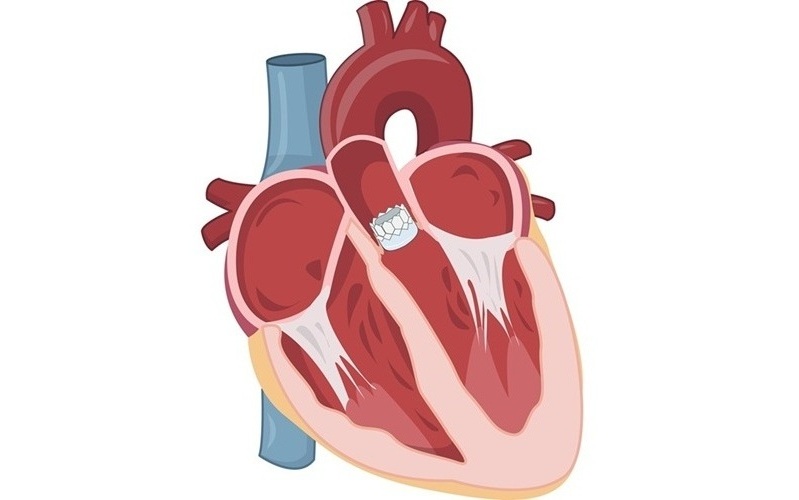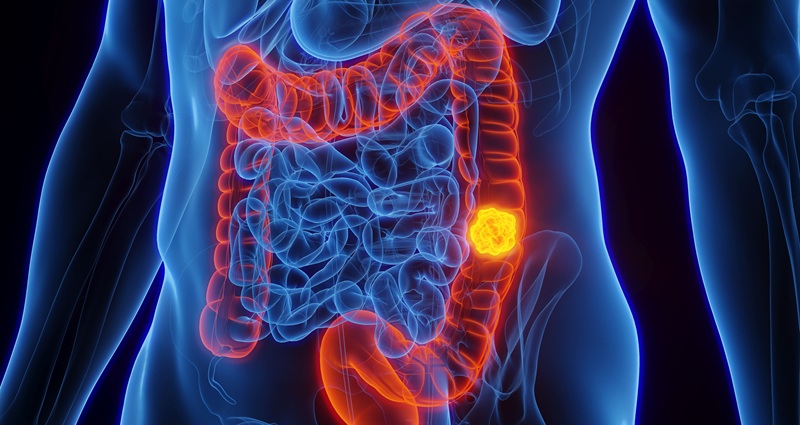MEDICA and COMPAMED 2014 Benefit from Strong International Response
|
By HospiMedica International staff writers Posted on 30 Nov 2014 |
Almost 130,000 visitors from 120 countries participated at the MEDICA 2014 (Düsseldorf, Germany) and COMPAMED 2014 fairs, appraising the latest product innovations and ideas for high-quality and affordable health care.
The 4,831 exhibitors at MEDICA 2014 and the 724 exhibitors at COMPAMED 2014 presented a wide spectrum of products, services, and procedures to raise efficiency and quality in both outpatient and in-patient care, on almost 116,000 m2 of hall space. Focuses of the 2104 events included medical technology, laboratory technology and diagnostics, physiotherapy and orthopedic technology, commodities and consumables, information and communication technology, medical furniture, and specialist furnishings for hospitals and doctors’ offices.
“The high number of international visitors gave medical device technology providers as well as their suppliers at Medica and Compamed tailwinds to strengthen their export business,” said Joachim Schäfer, managing director of Messe Düsseldorf (Germany). “Those putting their business on a particularly broad footing across country borders find it easier to compensate for an unclear market and safety situation in specific countries.”
Major trends and innovations presented included imaging technologies that have built-in “anatomic intelligence” consisting of an integrated database with anatomic structural models that result in an image quality that is even suitable for the high requirements of cardiology; advanced digitalization and automation in hybrid operating rooms (ORs) with equipment for real-time medical imaging; computer-based surgical navigation systems; and wearable data glasses (such as “Google Glass”) that support surgeons by facilitating vital signs patient monitoring on a head-up display.
To also meet the needs of international visitors, MEDICA’s accompanying conference program was fundamentally restructured, with sessions in English and conferences on very specific topics. For example, the MEDICA education conference, organized by the German Society for Internal Medicine (DGIM) offered a multidisciplinary program that included 280 events with 350 speakers emphasizing the link between science and medical technology. The International Conference on Disaster and Military Medicine (DiMiMED) registered a further increase in participants with high-ranking representatives from the armed forces of over 20 nations.
Held parallel with MEDICA, COMPAMED 2014 helped companies as well as research institutes present their high-tech solutions for the development and production of medical device technology to about 17,000 visitors. This year the focus was specifically on miniaturized components, functional materials, intuitive control units, and high-precision processes designed to make medical products cheaper, safer and more reliable. Application examples included mobile analysis and therapy and control devices.
Related Links:
MEDICA 2014
Messe Düsseldorf
The 4,831 exhibitors at MEDICA 2014 and the 724 exhibitors at COMPAMED 2014 presented a wide spectrum of products, services, and procedures to raise efficiency and quality in both outpatient and in-patient care, on almost 116,000 m2 of hall space. Focuses of the 2104 events included medical technology, laboratory technology and diagnostics, physiotherapy and orthopedic technology, commodities and consumables, information and communication technology, medical furniture, and specialist furnishings for hospitals and doctors’ offices.
“The high number of international visitors gave medical device technology providers as well as their suppliers at Medica and Compamed tailwinds to strengthen their export business,” said Joachim Schäfer, managing director of Messe Düsseldorf (Germany). “Those putting their business on a particularly broad footing across country borders find it easier to compensate for an unclear market and safety situation in specific countries.”
Major trends and innovations presented included imaging technologies that have built-in “anatomic intelligence” consisting of an integrated database with anatomic structural models that result in an image quality that is even suitable for the high requirements of cardiology; advanced digitalization and automation in hybrid operating rooms (ORs) with equipment for real-time medical imaging; computer-based surgical navigation systems; and wearable data glasses (such as “Google Glass”) that support surgeons by facilitating vital signs patient monitoring on a head-up display.
To also meet the needs of international visitors, MEDICA’s accompanying conference program was fundamentally restructured, with sessions in English and conferences on very specific topics. For example, the MEDICA education conference, organized by the German Society for Internal Medicine (DGIM) offered a multidisciplinary program that included 280 events with 350 speakers emphasizing the link between science and medical technology. The International Conference on Disaster and Military Medicine (DiMiMED) registered a further increase in participants with high-ranking representatives from the armed forces of over 20 nations.
Held parallel with MEDICA, COMPAMED 2014 helped companies as well as research institutes present their high-tech solutions for the development and production of medical device technology to about 17,000 visitors. This year the focus was specifically on miniaturized components, functional materials, intuitive control units, and high-precision processes designed to make medical products cheaper, safer and more reliable. Application examples included mobile analysis and therapy and control devices.
Related Links:
MEDICA 2014
Messe Düsseldorf
Latest Business News
- Philips and Masimo Partner to Advance Patient Monitoring Measurement Technologies
- B. Braun Acquires Digital Microsurgery Company True Digital Surgery
- CMEF 2025 to Promote Holistic and High-Quality Development of Medical and Health Industry
- Bayer and Broad Institute Extend Research Collaboration to Develop New Cardiovascular Therapies
- Medtronic Partners with Corsano to Expand Acute Care & Monitoring Portfolio in Europe
- Expanded Collaboration to Transform OR Technology Through AI and Automation
- Becton Dickinson to Spin Out Biosciences and Diagnostic Solutions Business
- Boston Scientific Acquires Medical Device Company SoniVie
- 2026 World Hospital Congress to be Held in Seoul
- Teleflex to Acquire BIOTRONIK’s Vascular Intervention Business
- Philips and Mass General Brigham Collaborate on Improving Patient Care with Live AI-Powered Insights
- Arab Health 2025 Celebrates Landmark 50th Edition
- Boston Scientific Acquires Medical Device Company Intera Oncology
- MEDICA 2024 to Highlight Hot Topics of MedTech Industry
- Start-Ups To Once Again Play Starring Role at MEDICA 2024
- Boston Scientific to Acquire AFib Ablation Company Cortex
Channels
Critical Care
view channel
AI-Enhanced Wearables Could Transform Type 2 Diabetes and Prediabetes Care
Artificial intelligence (AI)–powered wearable devices, particularly continuous glucose monitors, are rapidly changing how people with prediabetes and Type 2 diabetes understand and manage their blood sugar.... Read more
Breathable Electronic Skin Paves Way for Next-Generation Wearable Devices
Electronic skin devices are designed to adhere closely to the human body to monitor health and biosignals, but long-term use often leads to skin irritation caused by trapped sweat and poor breathability.... Read moreSurgical Techniques
view channel
3D-Printed Blood Vessel Scaffolds Could Transform Heart Bypass Surgeries
A tiny, opaque tube held up in a lab may look unremarkable at first glance, but its microscopic surface features could mark a meaningful step forward in heart bypass surgery. Measuring just about one centimeter... Read more
Novel Imaging Technique Helps View Blood Perfusion During Esophageal Surgery
Esophagectomy is a complex and high-risk surgery often required for esophageal cancer, with anastomotic leakage remaining one of its most serious complications. This defect at the surgical suture line... Read more
Minimally Invasive Surgery Proven Safe and Effective for Complex ‘Whipple’ Procedure
Tumors of the pancreatic head often require a highly complex operation known as pancreatoduodenectomy or the Whipple procedure. This surgery involves removing multiple structures and creating several internal... Read more
Catheter-Based Procedures Offer Less Invasive Option for Treatment of Valvular Disease
Valvular heart disease, caused by tight or leaky valves between heart chambers, affects up to 10% of older adults and leads to more than 120,000 deaths globally each year. Traditional open-heart surgery... Read morePatient Care
view channel
Revolutionary Automatic IV-Line Flushing Device to Enhance Infusion Care
More than 80% of in-hospital patients receive intravenous (IV) therapy. Every dose of IV medicine delivered in a small volume (<250 mL) infusion bag should be followed by subsequent flushing to ensure... Read more
VR Training Tool Combats Contamination of Portable Medical Equipment
Healthcare-associated infections (HAIs) impact one in every 31 patients, cause nearly 100,000 deaths each year, and cost USD 28.4 billion in direct medical expenses. Notably, up to 75% of these infections... Read more
Portable Biosensor Platform to Reduce Hospital-Acquired Infections
Approximately 4 million patients in the European Union acquire healthcare-associated infections (HAIs) or nosocomial infections each year, with around 37,000 deaths directly resulting from these infections,... Read moreFirst-Of-Its-Kind Portable Germicidal Light Technology Disinfects High-Touch Clinical Surfaces in Seconds
Reducing healthcare-acquired infections (HAIs) remains a pressing issue within global healthcare systems. In the United States alone, 1.7 million patients contract HAIs annually, leading to approximately... Read moreHealth IT
view channel
EMR-Based Tool Predicts Graft Failure After Kidney Transplant
Kidney transplantation offers patients with end-stage kidney disease longer survival and better quality of life than dialysis, yet graft failure remains a major challenge. Although a successful transplant... Read more















